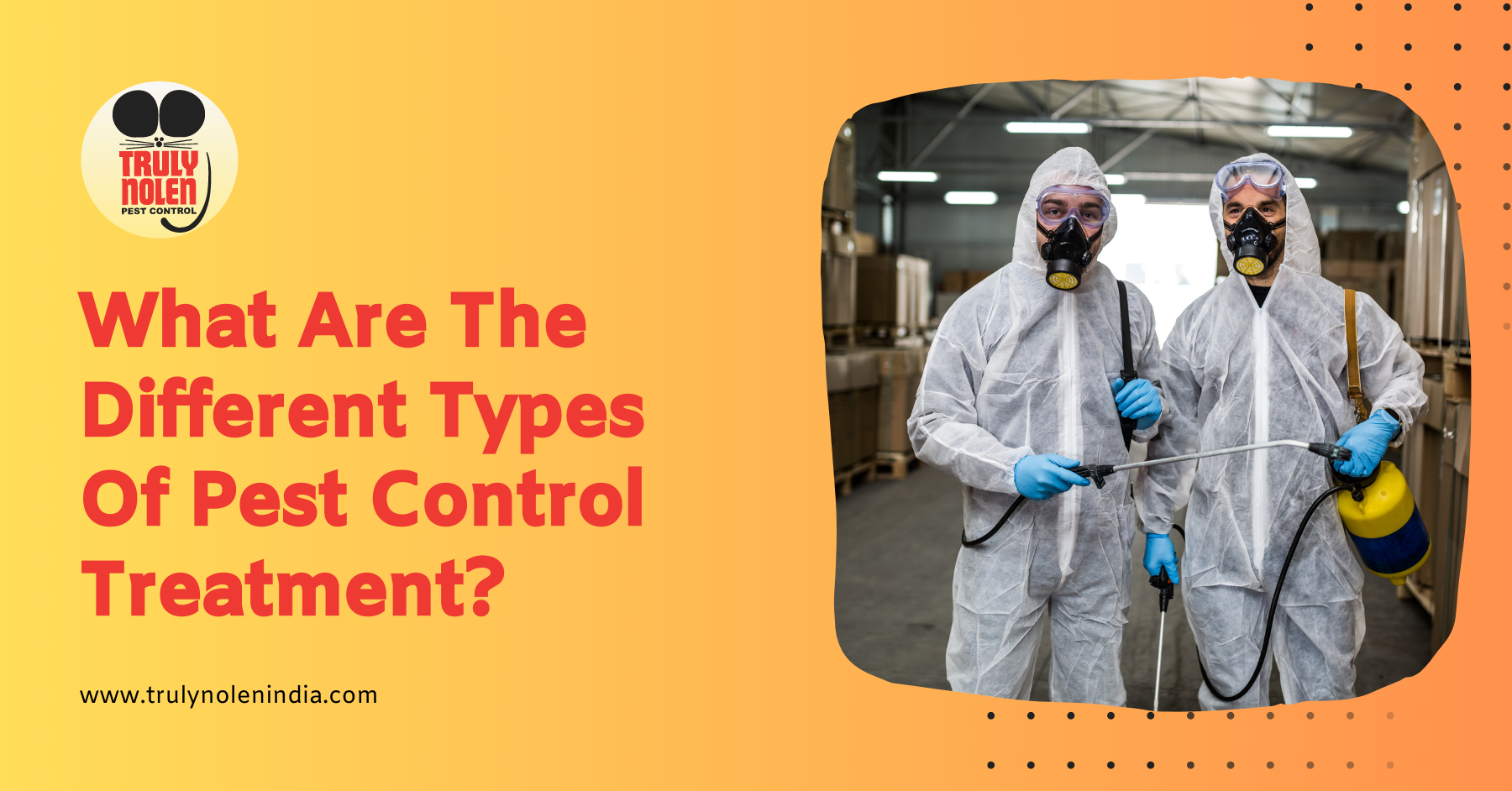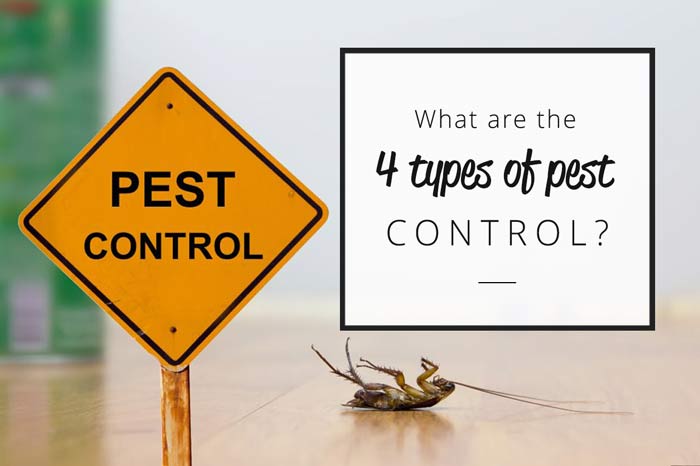Get This Report about Pest Control
Get This Report about Pest Control
Blog Article
Little Known Questions About Pest Control.
Table of ContentsExamine This Report on Pest ControlNot known Details About Pest Control Pest Control Fundamentals ExplainedAn Unbiased View of Pest ControlSome Known Incorrect Statements About Pest Control About Pest Control
Our searchings for show that the initial evaluation will cost anywhere from $160-$300 on standard. Ideally, house owners must schedule assessments for their homes at the very least yearly. From there, several pest control men set prices based on the client's details needs. This usually sets you back anywhere in between $400-$1000 for the whole year's insurance coverage, with regular monthly or bi-monthly sees currently rolled into the last expense.Depending on the issue, a work that requires a single check out typically costs $300 to $550. These are the simplest rates to outline in your pest control costs checklist.
Insects that typically needs ongoing gos to include: Roaches. Our findings reveal that an initial browse through is regarding $180 and is the very first of a recurring agreement. Throughout this very first check out, you should: Evaluate the problem.
12-month contract. As a whole, the frequency of periodic gos to is: Each month: $40 45. Every two months (semi-monthly): $50 60. Every 3 months (quarterly): $100 300. Pest control is a chemically-intensive company. Chemicals are the vital materials that pest control specialists make use of to finish a job. Usual chemicals consist of: Boric acid.
All About Pest Control
Vital products and materials you'll use consist of: Respirator. Your tools should be included as component of your overhead costs. If you have workers, after that labor expenses are going to be the largest expenses for your organization.
Limitations of Chemical Monitoring Be able to examine parasite problems, figure out if administration is essential, and make appropriate referrals utilizing IPM strategies. Be acquainted with different techniques of parasite administration - their advantages and constraints. Recognize the worth of beneficial insects. It is not possibleor also desirableto rid yards of all parasites.
This chapter talks about (IPM), a strategy that uses knowledge about pests and their, techniques, nonchemical approaches, and chemicals to manage bug problems. Additional details concerning IPM for specific plants is consisted of in chapters that focus on those plants. Nonchemical parasite control procedures are stressed in phase 17, "Organic Horticulture." Managing birds and animals is covered in phase 20, "Wildlife." Taking care of in the backyard and garden is covered in phase 6, "Weeds." Insects in a yard or landscape may include insects and mites, weeds,, mammals, and birds.
Some Known Details About Pest Control
Bugs and weeds, nonetheless, play a role in the. After growing a garden or developing a grass, the all-natural process of plant succession begins to reestablish and nonnative plants.
What we call "pests" are part of an all-natural system at job. Only humans consider certain types bugs when they take place where they are not desired.
Insects prone to a chemical were swiftly killed, leaving resistant ones to breed and increase. It came to be clear that pesticides alone would not solve all pest issues. Instead, overuse of pesticides caused the advancement of resistant pests. Scientists began to develop a brand-new strategy to pest check control. This new approach was referred to as incorporated parasite monitoring (IPM).
An IPM strategy allows some level of insects in the setting. Pests are a lot less likely to make it through a program that uses lots of various techniques of reducing their populations. Integrated pest monitoring was very first recommended by entomologists because insects were the first team of pests to show difficult to handle with chemicals alone.
Pest Control Fundamentals Explained

Monitoring instead of elimination of insects is the goal. An IPM strategy begins with a mindful evaluation of each bug invasion. Only then can one make a decision regarding the proper methods needed to reduce insect activities. The life cycle of the insect, feasible damage, all-natural enemies, and impacts of weather, amongst other variables, are taken into consideration before a control plan is implemented.
Clover expanding in a yard might be considered as an unwanted weed, yet as a vegetable it is manufacturing nitrogen for the soil and the blossoms are offering nectar to honey bees and other. Resistance for some weeds might be part of an IPM strategy. might be eating the more leaves of a plant, however when they are recognized as the larvae of Eastern tiger swallowtail butterflies, their damage might be tolerated so we can enjoy the beautiful butterfly.
Matt Bertone Avoidance is the initial device in bug management because it is the most reliable, least expensive, most eco pleasant option. Choosing a healthy plant that thrives in the preferred area with the readily available light, growing it meticulously, and guaranteeing that it has ample water and nutrients avoids stress and anxiety and reduces pest troubles.
More About Pest Control
The 2nd essential device in insect monitoring is early treatment. Being existing and observant in the garden makes sure early discovery. Reacting to problems rapidly, prior to they have time to increase, calls for a less remarkable treatment. The third crucial tool is recordkeeping; tracking what happens in the yard allows a gardener to acknowledge patterns and make educated choices.
Many secure, useful, nonchemical techniques of plant protection click to read and bug monitoring might minimize or eliminate the need to spray. Other methods are most advantageous when utilized with pesticides. To implement monitoring techniques appropriately and to decrease losses, garden enthusiasts need to know the kinds of pests that assault plants and recognize pest biology.
Bug management techniques come under 4 teams: cultural, mechanical, biological, and chemical. Keeping plants healthy and stopping plant anxiety helps plants to much better endure and repair the damage created by a bug or mite pest. Some evidence shows that healthy plants withstand infestation by insects far better than plants with reduced vigor.
Conducting a soil examination and using just the suggested quantity of plant food and lime makes the most of the advantage to the plant while minimizing problems associated with extreme usage of fertilizer. Treatment the soil with a number of inches of compost safeguards the plant in numerous ways: minimizing soil water loss to dissipation, minimizing weed competition, supplying nutrients, and producing a suitable atmosphere for earthworms and bacteria that keep the soil loose for roots and break down natural material to release nutrients.
The Only Guide for Pest Control

If tilling is deemed required, take into consideration doing it in the fall when the life process of several pests brings them near the surface. At the surface, insects end up being exposed to the climate in addition to birds and other natural opponents. Fall tilling can also destroy bugs in plant deposits. Usage disease-free and insect-free licensed seeds and plants if available.
Report this page